

|
|
|


|
|
1/10 Scale Nitro Rally/Touring Car:
Himoto Rapida Pro - HI9102
|
Introduced by Himoto Racing circa 2005, the 4WD Rapida Pro - # HI9102 - came with a Japan Team Infinity 18 engine, radio system and a number of bodyshell options. An Electric Starter version was also available - # HI9102E - and circa 2008 a Rapida Upgrade Pro version - # HI9102M - with many Flexuose 6061 anodises alloy parts was produced.
The model is shaft driven, on an alloy plate chassis, with gear type differentials, coil spring over oil filled dampers, dogbone drive-shafts, two-speed transmission, bushings and ball bearings.
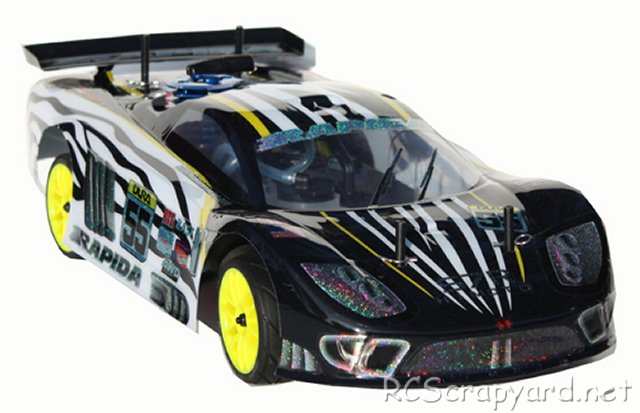
To race the Himoto Rapida Pro, it must be fine tuned to improve handling, provide responsive steering and give you the grip to cruise around corners at high speed, without slipping off the track. Small adjustments can make a Big difference and our step by step procedure, will guide you to the best Set-up for your individual driving style.








|
|
|

★ Himoto Rapida Pro ★
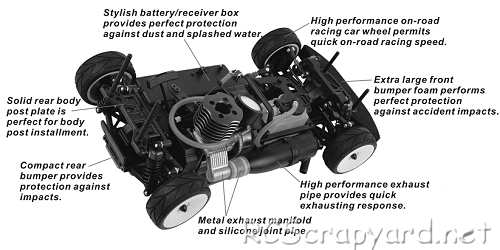
★ Himoto Rapida Pro Chassis ★
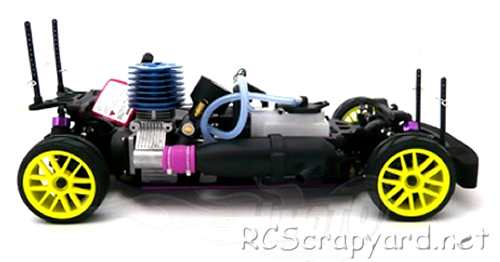
★ Himoto Rapida Pro Chassis ★
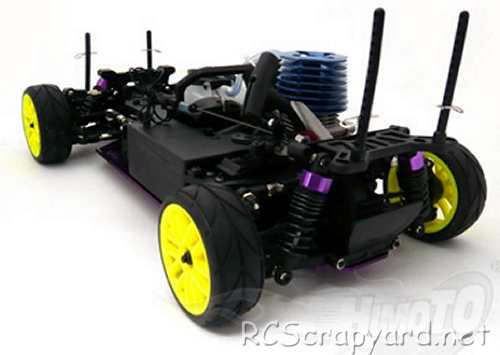
★ Himoto Rapida Pro Chassis ★
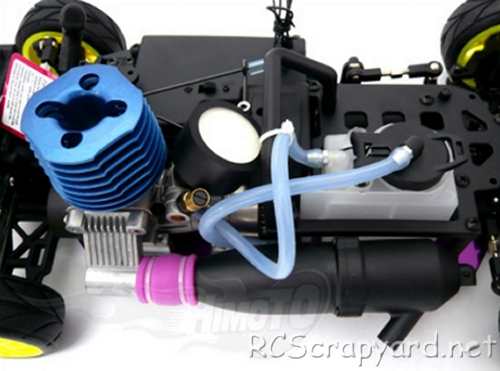
★ Himoto Rapida Pro Chassis ★
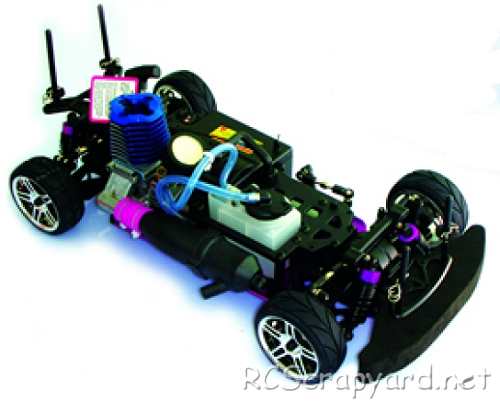
★ Himoto Rapida Upgrade Pro Chassis ★
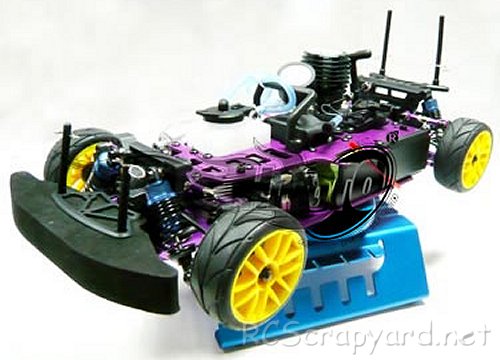
★ Himoto Rapida Upgrade Pro Chassis ★
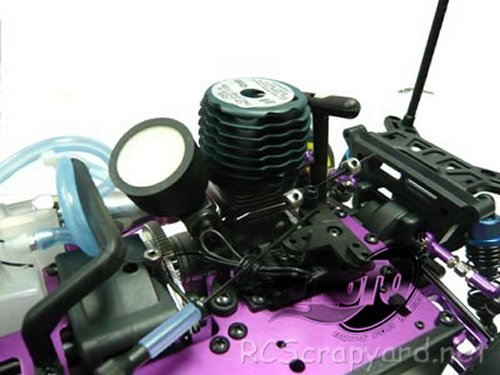
★ Himoto Rapida Upgrade Pro Chassis ★
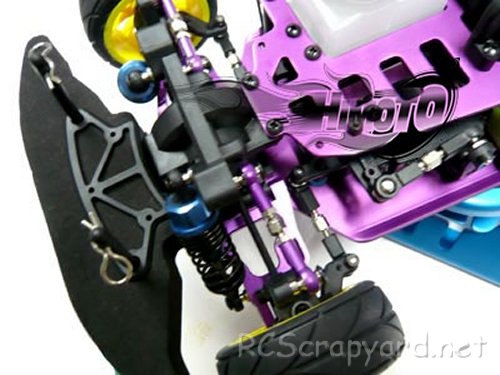
★ Himoto Rapida Upgrade Pro Chassis ★
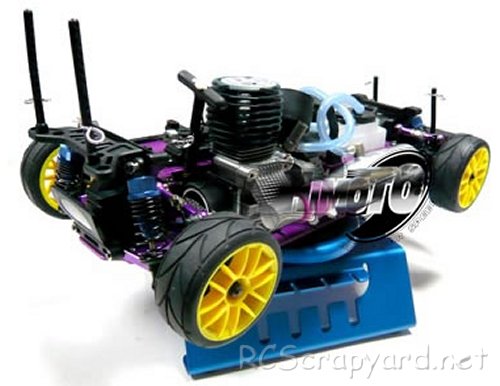
|
Buying a Used Himoto Rapida Pro
|
|
Manufacturers and Brands Catalogued, Listed and Reviewed by RC-Scrapyard.
At present, the RC Model Manufacturers, Brands and Distributors covered by us are: ABC Hobby, Academy, Acme Racing, Agama Racing, Amewi, Ansmann Racing, ARRMA, Team Associated, Atomic RC, Axial, AYK, Bolink, BSD Racing, Capricorn, Carisma, Carson, Caster Racing, Cen, Corally, Custom Works, Durango, Duratrax, ECX - Electrix, Exceed RC, FG Modellsport, FS-Racing, FTX, Fujimi, Gmade, GS-Racing, Harm, HBX, Helion, Heng Long, Himoto Racing, Hirobo, Hitari, Hobao, Hong-Nor, Hot Bodies, HPI, HSP, Intech, Integy, Jamara, JQ Products, Kawada, Kyosho, Losi, LRP, Maisto, Mardave, Marui, Maverick, MCD Racing, Megatech, Mugen, New Bright, Nichimo, Nikko, Nkok, Ofna, Pro-Pulse, Protech, PTI, RC4WD, Redcat Racing, RJ-Speed, Robitronic, Schumacher, Seben, Serpent, Smartech, Sportwerks, Step-Up, Tamiya, Team-C Racing, Team Magic, Thunder Tiger, Tomy, Top Racing, Traxxas, Trinity, Tyco, Vaterra RC, Venom, VRX Racing, WLToys, X-Factory, Xmods, Xpress, Xray, XTM, Yankee RC, Yokomo, ZD Racing and Zipzaps. |
|
Hints, Tips and Information
Painting a Lexan Body Shell.
Most RC Model kits come with an unpainted, clear Lexan plastic Body Shell you yourself must prepare and paint. This type of Body Shell is painted on the inside, and special spray or brush on Polycarbonate Paints MUST be used.
|
|
Hints, Tips and Information
Bearing Seals
If you were to ask anyone with a modicum of experience in RC, they will tell you that the best modification you can make to a basic RC model, is to add a set of ball bearings. |
|
RC Models:
|
Radio & Motors: |
Other
Accessories: |